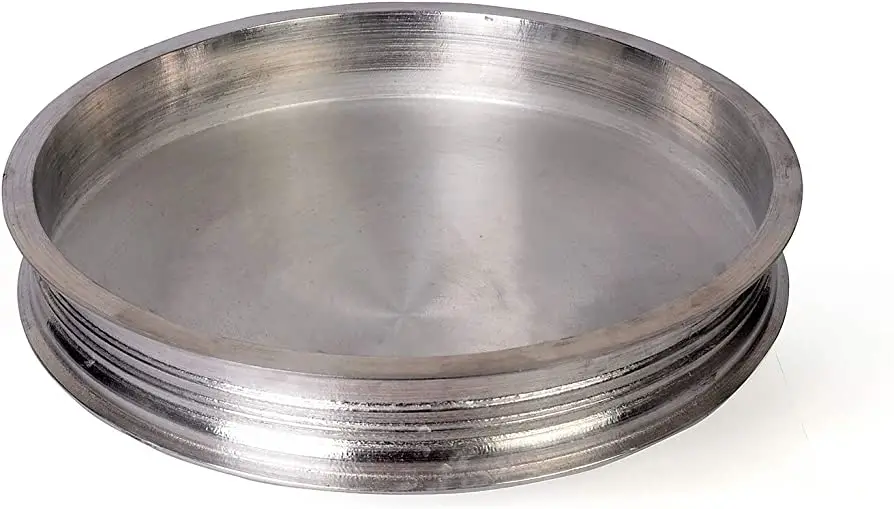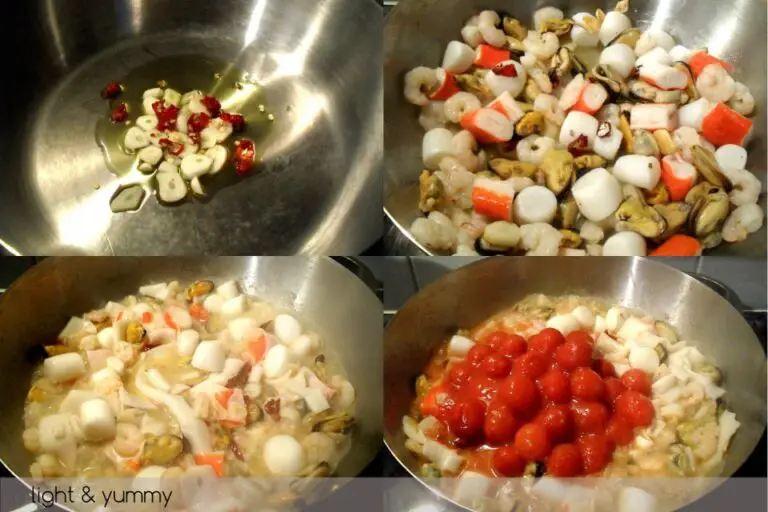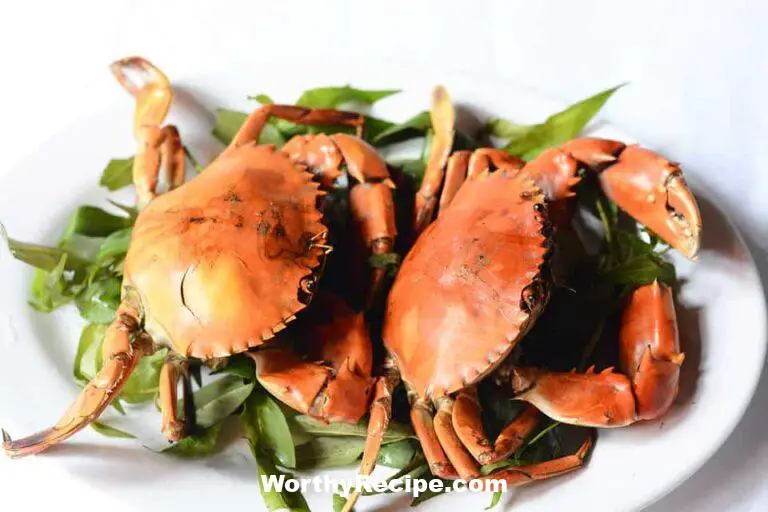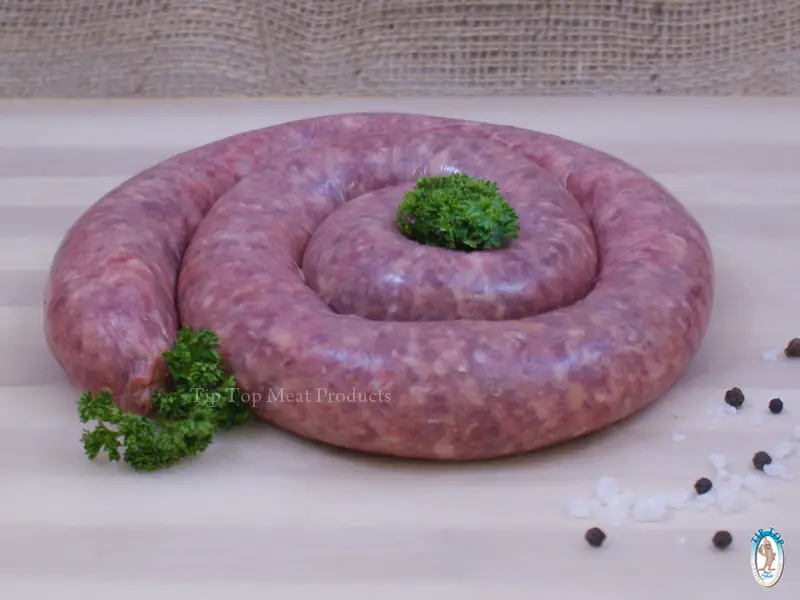Cookware is an essential part of our daily lives, and we use it often to prepare food. There are many different types of cookware materials available in the market, each with their own set of benefits and drawbacks. One such material is Hindalium. The purpose of this article is to determine whether cooking with Hindalium is safe or not.
What is Hindalium?
Hindalium is a type of aluminum alloy that contains magnesium and silicon in addition to aluminum. It was developed by Hindalco, a leading aluminum company in India. This unique combination of metals results in a stronger and more durable material than pure aluminum.
Properties and characteristics of Hindalium:
- Non-toxic
- Corrosion-resistant
- Lightweight
- Good heat conductivity
- Can withstand high temperatures
- Affordable
Despite these qualities, there are some concerns about whether using Hindalium for cooking purposes is safe.
Safety Concerns with Cookware Materials
Before discussing the safety concerns associated with Hindalium cookware, it’s important to understand the potential risks associated with other commonly used materials such as Teflon, aluminum, and stainless steel.
Teflon-coated pans can release toxic fumes if they are heated to high temperatures. These fumes can cause flu-like symptoms and can be fatal to birds.
Aluminum has been linked to serious health issues such as Alzheimer’s disease, osteoporosis, kidney problems, and even cancer when consumed in high amounts.
Stainless steel is a popular choice but poses a risk if impurities are present in the metal or if acidic or alkaline foods are cooked in them that can react with the metal ions making it unsuitable for long-term use.
Given these risks, it’s reasonable to question whether using Hindalium for cooking purposes comes with any potential dangers.
Safety Claims about Hindalium Cookware
Advantages of using Hindalium cookware:
- Highly conductive material with better heat distribution than other materials.
- Durable and long-lasting, making it less prone to wear and tear.
- Affordable
- Non-toxic and corrosion-resistant
Addressing common safety concerns about Hindalium:
There are some concerns about the potential for heavy metals in aluminum cookware, including Hindalium. Some research has suggested that aluminum may leach into food when heated, exposing individuals to unsafe levels of the chemical.
However, studies show that if you use a high-quality aluminum alloy such as Hindalium for cooking purposes doesn’t pose any significant health risks. According to the World Health Organization (WHO), the amount of aluminum that leaches into food from cookware is generally considered safe for consumption.
Heavy Metal Toxicity Risks Associated with Other Metals
While there is some concern about heavy metals leaking into food from aluminum cookware, these risks are actually more closely associated with other types of metal.
For example, lead poisoning can occur when lead-containing pottery or utensils are used to prepare or serve food. This is mostly prevalent in developing nations where strict regulations around products aren’t present. In developed countries such items are an absolute no-go.
When it comes to aluminum toxicity rates, consuming large amounts of this metal for prolonged periods can cause health problems like Alzheimer’s disease (though research labelling Aluminium as a significant cause isn’t unanimous) . However researchers are also pointing out that the limits needed to be reached inorder quantities significantly outside usual human behavior.
Research & Studies Done On The Safety Of Using Hindalium Cookware
Research on the safety of using Hindalium cookware has been limited so far. However The American Journal of Medical Genetics ranked cooking utensils as less hazardous compared to Aluminum cans which can contain higher volumes of potentially toxic materials. Hence a reasonable assumption would be that Hindalium type cookeries could easily be used for preparing meals, provided they are cleaned regularly and handled properly.
Personal Safety Tips When Cooking With Any Cookware Material
While the use of Hindalium cookware is generally safe, there are some personal safety precautions you should take when using any type of cookware:
- Avoid cooking acidic or alkaline foods in metal utensils as this can cause harmful substances to leach into food.
- Avoid overheating pans beyond their recommended level as this can cause coatings to break down or release chemicals such as Teflon causing potentially dangerous fumes.
- Use wooden/non-stick utensils while cooking with vulnerable materials that may require gentler handling like ceramic.
Conclusion
Cooking with Hindalium is generally considered safe. The material is non-toxic, durable, and affordable. However, there are some concerns about the potential for heavy metals to leach into food when heated at high temperatures and limitations in available research on its safety. It’s important to take personal precautions when cooking with any type of cookware to ensure health and prevent accidents. Nevertheless it seems unreasonable people would face any significant threat by using Hindalium in their daily lives & kitchens given proper usage and maintenance is carried out – making it a fairly sustainable product overall.
Q&A
Q: What is Hindalium?
Hindalium is a type of aluminum popularly used in cookware and kitchen appliances. It is a non-toxic material that can withstand high temperatures and is an excellent conductor of heat, making it ideal for cooking.
Q: Is Cooking With Hindalium Safe?
Yes, cooking with Hindalium is safe as long as it is used correctly. It is important to note that the quality of the cookware also plays a significant role in ensuring safety. Low-grade Hindalium cookware may contain impurities that can leach into food during cooking, which poses health risks if consumed.
Q: How Do I Care For My Hindalium Cookware?
To maintain the quality and safety of your Hindalium cookware, avoid using abrasive cleaners or metal utensils when cooking. Always clean your cookware after use, preferably with warm water and a mild detergent. Also, avoid storing acidic foods in Hindalium containers as they can react with the aluminum and cause damage.
Q: Are There Any Health Risks Associated With Using Hindalium Cookware?
When used correctly in good-quality cookware, there are no health risks associated with cooking with Hindalium. However, low-quality cookware may pose health risks as mentioned earlier. Always check the quality of your cookware before purchasing and using it for any form of food preparation.




